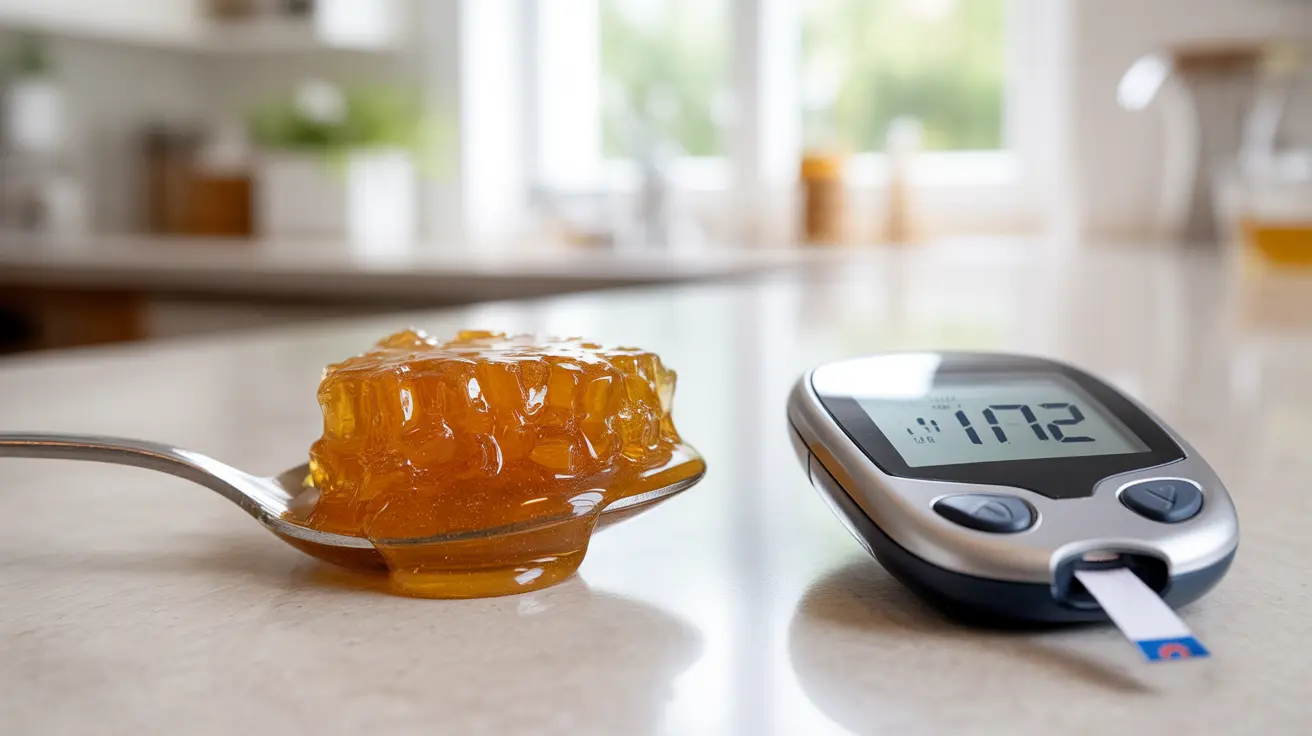For people living with diabetes, choosing the right sweeteners can be challenging. Honey, a natural sweetener with potential health benefits, often raises questions about its safety and effects on blood sugar levels. This comprehensive guide explores the relationship between honey and diabetes, helping you make informed decisions about including honey in your diabetes management plan.
How Honey Affects Blood Sugar
While honey is often perceived as a healthier alternative to refined sugar, it's important to understand its impact on blood glucose levels. Like other forms of sugar, honey primarily consists of fructose and glucose, which can affect blood sugar readings. However, honey's composition and potential health properties make it unique among sweeteners.
Glycemic Index Comparison
Honey typically has a glycemic index (GI) between 58 and 63, compared to table sugar's GI of around 65. While this difference is relatively small, honey's slightly lower GI means it may cause a somewhat slower rise in blood sugar levels compared to regular sugar. However, this doesn't automatically make it a safer choice for people with diabetes.
Potential Benefits of Honey for Diabetes Management
Research suggests that honey may offer certain advantages over refined sugar, though these benefits should be weighed carefully against risks:
- Contains antioxidants and beneficial compounds
- May have anti-inflammatory properties
- Provides trace amounts of vitamins and minerals
- Could potentially help with wound healing
Natural Compounds and Their Effects
Honey contains various bioactive compounds that may support overall health. These include flavonoids and polyphenols, which have antioxidant properties. Some studies suggest these compounds might help improve insulin sensitivity, though more research is needed to confirm these effects in humans.
Safety Considerations and Risks
Despite its potential benefits, honey still impacts blood sugar levels significantly. People with diabetes should consider several important factors:
- Caloric density (higher than regular sugar)
- Carbohydrate content
- Individual blood sugar response
- Current diabetes management plan
Recommended Usage Guidelines
If you choose to include honey in your diet while managing diabetes, consider these practical guidelines:
- Monitor blood sugar levels closely when consuming honey
- Count honey's carbohydrates as part of your daily allowance
- Start with small amounts to assess your body's response
- Consult your healthcare provider before making dietary changes
Frequently Asked Questions
Is honey safe for people with type 2 diabetes to consume?
Honey can be consumed by people with type 2 diabetes, but it must be used in moderation and counted as part of their total carbohydrate intake. It's essential to monitor blood sugar levels and work with a healthcare provider to determine if and how much honey can safely fit into an individual's diabetes management plan.
How does honey affect blood sugar levels compared to regular sugar?
Honey has a slightly lower glycemic index than regular sugar, meaning it may cause a somewhat slower rise in blood sugar levels. However, it still contains significant amounts of carbohydrates and can substantially impact blood glucose, requiring careful portion control and monitoring.
Can honey help improve blood sugar control or insulin levels in diabetes?
While some research suggests honey's antioxidants and compounds might support insulin sensitivity, current evidence isn't strong enough to recommend honey as a treatment for blood sugar control. Any potential benefits must be weighed against its sugar content.
What are the potential benefits and risks of using honey as a sweetener if I have diabetes?
Benefits include honey's antioxidant content, potential anti-inflammatory properties, and slightly lower glycemic index. Risks include its high carbohydrate content, potential blood sugar spikes, and higher caloric density compared to regular sugar. Individual responses may vary significantly.
How much honey can a person with diabetes safely eat without worsening their condition?
Safe honey consumption varies by individual and depends on factors like overall diabetes control, medication regimen, and personal glucose response. Generally, if included, honey should be limited to 1-2 teaspoons per day and counted within total carbohydrate goals. Always consult with your healthcare provider for personalized recommendations.




